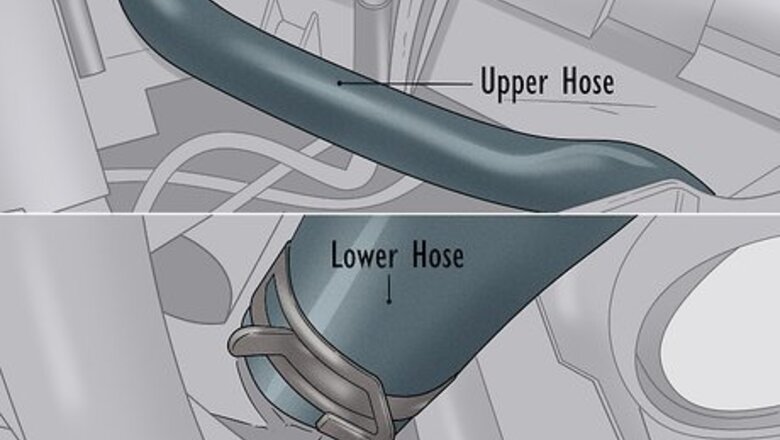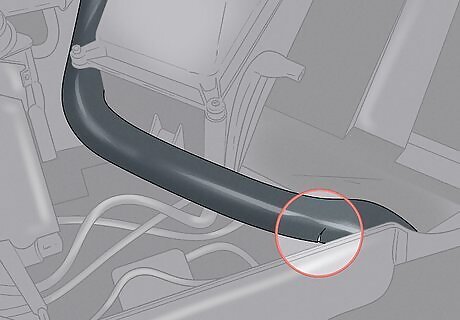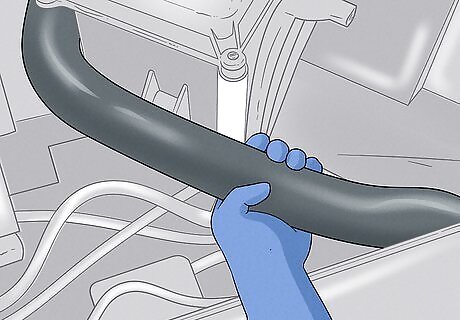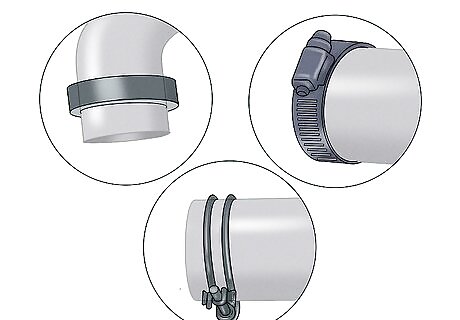
views
X
Research source
Radiator hoses circulate coolant from the radiator to parts of the engine that need to stay cool; but over time, radiator hoses can weaken. If they are not replaced when necessary, they can completely collapse, causing the engine to overheat and unable to run. We'll walk you through how to check your radiator hoses, which may help you keep your engine from overheating.
- Locate the upper radiator hose between the radiator and the motor. Find the lower hose beneath your car between the radiator and heat wall.
- Check that the radiator hoses are neither cracked nor swollen.
- Do a radiator hose squeeze test when the engine is still warm. Ideally, it will feel firm but not rock-hard.
Find both of your radiator hoses.

One reason radiator hoses are overlooked during a routine car inspection is that the hoses can be difficult to reach. The upper radiator hose runs from the radiator to the motor. You can usually see most of this hose. The lower radiator hose is harder to find. To locate it, get underneath the car and look for a smaller diameter hose leading from the radiator into the heat wall of the car.
Visually inspect each radiator hose.

Hoses should not be swollen or cracked, both of which could lead to a failure.
Perform a squeeze test.

While the engine is warm after a drive, squeeze the radiator hoses, paying particular attention to areas where the hose bends. A radiator hose in good condition should feel firm, but not hard. A radiator hose in poor condition feels very hard, spongy, or soft. You may find a single soft spot as opposed to the entire hose being soft. A soft hose or a hose with a soft spot should be replaced.
Check the clamps that connect the hose to the radiator and the engine.

There are 3 different types of radiator hose connections, gear clamps, banded clamps, and wire clamps. Gear clamps, which are sometimes called worm clamps, and banded clamps, which are also called screw clamps, are typically made of stainless steel and wrap around the hose. You adjust these types of clamps with a screwdriver. Wire clamps are adjusted with a pair of hose clamp pliers. You can recognize these clamps because there is no screw keeping them tight.




















Comments
0 comment